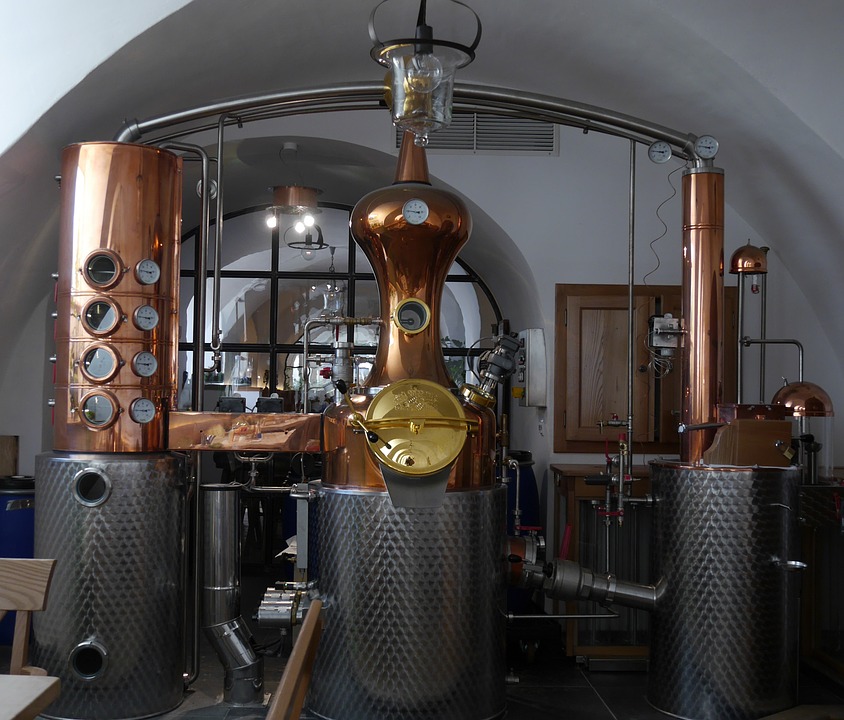Fermentation and distillation
Continue to publish a book for you!
Yours faithfully Mr. Oleg.

For a long time people have noticed that any berry, grape or other juice, squeezed out of fruit and left in a vessel, even if densely sealed, soon begins to boil, like boiling, foaming, and if the vessel is tightly corked, it even tears it up And as a result turns into an intoxicating drink - wine. This change of juice into wine people called fermentation.
For a long time we did not know why it was happening. Only in the 60s of the XIX century the French scientist Louis Pasteur studied this question and found out that the fermentation of any sweet, i.e., sugary-containing liquid is due to the fact that in it small special organisms called yeast Or yeast fungi.
Yeast fungi are roundish or elongated corpuscles and so small that they can be considered only in a microscope. Collected the same together in huge quantities of individual fungi, the yeast is the grayish-yellow mass that settles at the bottom of the bottle if it is allowed to stand in the fruit juice for some time.
Fermentation is a chemical process, as a result of which sugar breaks down into ethyl alcohol, water and carbon dioxide. During the fermentation in the room there is a certain specific smell.
Braga fortress is usually no more than 13%, if higher, then most of the yeast dies. You can follow the fortress with a hydrometer. Finally fermented berg has a specific, slightly bitter taste. It practically stops the evolution of gas and the formation of foam. The smell of the sharp becomes sweet and sour. If the lit match does not go off next to the tank, then the braga is ready. Remember that the quality of moonshine deteriorates when distilling the overripe braga. Braga is best not to eat in a "raw" form, since it contains a lot of harmful substances.
Distillation, in simple terms, is the process of extracting alcohol from alcohol solutions of small strength to produce highly alcoholic alcohol.
The process of distillation is extremely simple: the boiling point of pure alcohol is + 78.4 ° C, water - + 100 ° C. In the interval between these two temperatures, alcohol evaporates much faster than water. If it is cooled, it condenses. The drink can be distilled several times in a row to increase its strength.
Thus, all strong spirits are obtained. There are several types of distillation.
Double distillation undergo cognacs, sometimes rum and tequila. In this case, the drink is distilled twice in the same distillation apparatus. In this case, a distillery apparatus is used, called "alambic charenlais" (alambic charente).